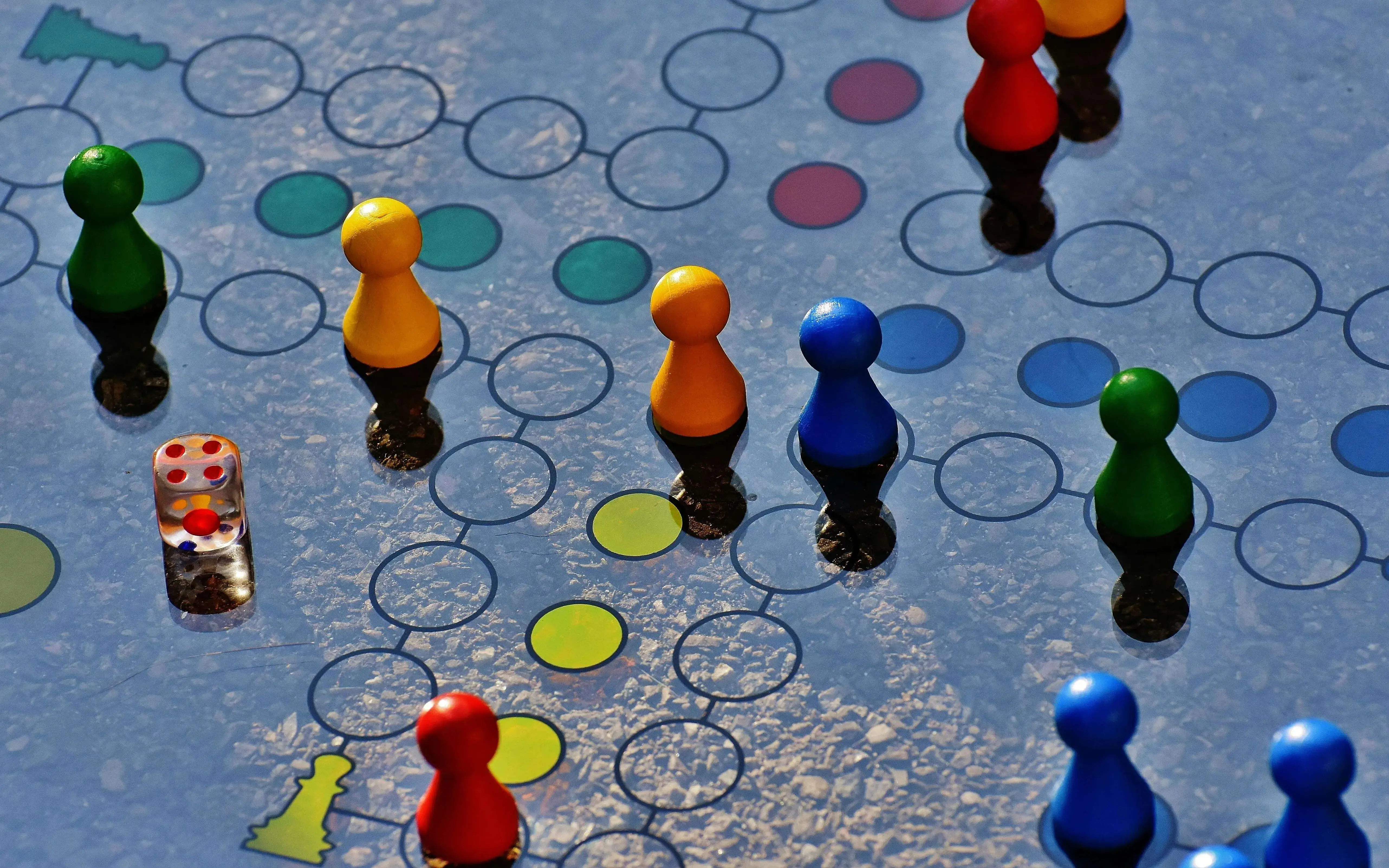
Sowing new masculinities from childhood is building circles of children where they learn to feel, care and live together without armor.
There is a stage when children stop playing without thinking about who is watching them. From the age of eight, shame, comparison and the need to fit in take precedence over curiosity.
It is then that gender ceases to be a word and becomes an invisible filter that controls and shapes behaviors, emotions, and expectations. At this point, children's circles emerge as an essential tool to accompany them in the construction of a freer and healthier masculinity.
A safe space to learn to be and feel
Circles are not just workshops: they are spaces of listening and trust where sadness, anger, friendship or the desire to care can be spoken about without fear. They break with the mandate of emotional silence that permeates male socialization (Connell, 1995; Gilmore, 1990). As Rita Segato (2016) reminds us, patriarchy not only subordinates women, but also 'domestics' men, teaching them to repress vulnerability and demonstrate strength. Working with children before this pedagogy takes root is an essential task.
The circles here have a preventive and emancipatory function . They allow for the construction of bonds based on trust and mutual recognition — a “potential space” (Winnicott, 1971) where they can explore new ways of being without fear of being judged. Accompanying them through words, play and presence helps to deactivate the codes of hegemonic masculinity before they become armor.
Unlearning to learn to care
From a young age, many boys learn to avoid what is associated with femininity: tenderness, dependence or care (Bourdieu, 1998; Bonino, 2002). This 'heteroaffirmation' is constructed in a group, and it is also in a group where it can be transformed. When a child says 'I also cry when my dog is sick' and the group listens to him with respect, vulnerability ceases to be a threat and becomes a bridge.
If we saw hegemonic masculinity as the risk factor it really is, it would alarm us as much as seeing a child with a cigarette in their mouth. But the smoke of this model is more subtle: it penetrates the way we speak, play and love, and ends up poisoning relationships, emotional health and coexistence.
Prevention and early detection
These spaces allow us to detect discomfort, isolation or situations of violence before they worsen. The competent educator or professional, from a close proximity, can act as a significant reference (Ortega, 2009), welcoming what the child expresses and giving it meaning.
Listening and working with emotions are paths to prevention: we don't have to wait for conflict to appear to act, but rather create environments where violence does not have the conditions to take root. Hegemonic masculinity can be a social risk, but also an opportunity to work on it with care and awareness.
Building community and co-responsibility
Children's circles also have a community dimension . When a group learns to share, to manage disagreements and to care for others, it is building citizenship. As Jordi Cascales (2020) points out, working with boys and men from an inclusion perspective involves recognizing vulnerabilities and offering non-hierarchical spaces of belonging. Circles are just that: small communities of belonging where you can be without competing.
Working with boys aged 8 to 12 is sowing the future. It is putting words to fear, tenderness and the desire for connection. If we want a society free of male chauvinism, we must educate children so that they can feel without fear, care without shame and live without armor.



Add new comment